Tackling the sludgy issues in wastewater treatment
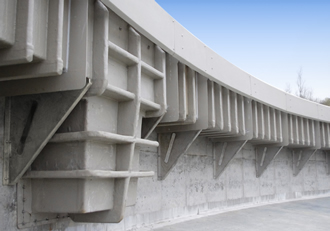
Involving some harsh operating conditions, wastewater treatment processes can pose a challenge for the manufacturers and operators of treatment equipment. Glass Reinforced Plastic (GRP) is an attractive, modern material that can deliver many benefits for the construction of equipment used in activated sludge processing plants.
Andrew Shedden, Head of Sales and Commercial at A&J Fabtech, here, has a look at the opportunities for this versatile material.
Sometimes referred to as fibreglass, GRP is composed of many millions of individual strands of glass, each one very fine, collectively formed into a fabric-like sheet. This is used to line a mould and is then set solid by the addition of a resin to which a catalytic chemical has been added so that it quickly hardens. Normally the GRP is applied in layers, with each one hardened before the next is added.
The result is a multi-layered material, shaped into a useful object that is strong and lightweight. Today we are all used to seeing GRP used in water tanks, canoes, and countless other everyday products. It is also a favourite material with engineers who are pushing the boundaries of technology. For instance aerospace engineers fit it in the latest supersonic, ultra manoeuvrable jet fighters, while civil and water engineers have found it really useful in developing a new generation of equipment for sludge processing plants.
A&J Fabtech is part of the A&J Group of Companies which produces and installs equipment for a wide range of industries. From components for the nuclear power industry to concrete mould manufacture and mechanical water treatment systems, the A&J Group possesses the necessary engineering to manufacture specialised equipment to customer designs and to complete bespoke turnkey projects.
Using in-house 2D and 3D CAD design and full materials traceability, coupled with extensive NDT (Non Destructive Testing) and inspection regimes, A&J can guarantee the quality of its equipment and project management skills for even the most critical of applications.
Around a sludge processing plant A&J Fabtech will recommend the best type of equipment for each individual situation. For instance it may recommend GRP for water and sludge processing equipment such as diffusor drums, energy dissipating drums, launder systems, McKinney baffles, scum boards, Stamford baffles, tank covers, weir boards, to name just a few.
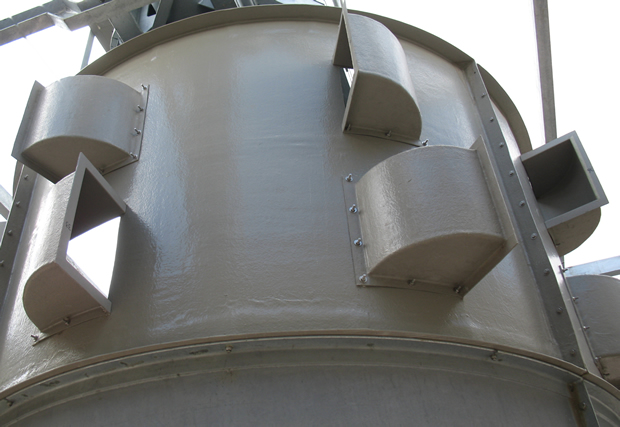
The advantages of GRP can be summed up below:
- Corrosion resistance: Probably the most attractive property of GRP is its inherent corrosion resistance. In this respect GRP outperforms steel, timber and other traditional construction materials, so is particularly appropriate for the harsh and corrosive environment of a sludge processing works. In many installations GRP will outlast steel by a very wide margin, giving operators a significant and on-going cost saving in terms of maintenance and replacement.
- Lightweight: GRP is very light in weight and this belies its strength. It is about 50% the weight of aluminium or 15% the weight of steel. This makes it easier, safer and cheaper to handle during installation and means it requires less support once in place. These characteristics can be particularly important for pipes and tanks and also for projects based on retrofitting new, or replacement equipment within existing installations or in elevated locations.
- High strength: A major consideration in virtually all material selection decisions is strength, and GRP does not disappoint in this matter. GRP can be used for rigid and self-supporting structures, is well appreciated by pipe and duct makers and is easily formed into unusual shapes. It can also be used to mould one-piece tanks, drums etc. that have integral supports and other structural elements, plus it benefits from a lack of seams where leaks or weaknesses can develop.
- Economy: There are not many engineers who do not have to worry about project costs, and when looking for a low cost, high performance material, GRP is often the answer. In fact compared to exotic metals like stainless steel, titanium and Hastelloy, or complex solutions like special tank linings and vacuum impregnated materials, GRP is often a tiny fraction of the cost. It is impossible to give an approximate equivalent cost because each job is unique in terms of design and production processes, but it is almost unheard of for GRP not to be very cost competitive.
- Flexibility: The simple moulding technique used to produce GRP equipment gives it a distinct advantage over other materials that require complex production processes. In mass production, reusable moulds are used again and again so that their cost of production is spread over a long manufacturing run; for one off pieces often a cheap sacrificial mould can be used.
A&J Fabtech’s ability with and understanding of all the major materials of construction means it can identify the optimum solution for each installation. It considers GRP to be a versatile material that can be used in a wide range of installations, often as a direct replacement for more expensive traditional solutions. Furthermore, for one-off projects it can provide a quick, cost effective and easy solution to almost any job.
Similar articles
More from A&J Fabtech Ltd.
- Designs in one week with automated design tool FACT 9th July 2018
- Blending into the background while controlling odour 16th March 2018
- Bigger scoreboard steel structures for Hampden Park stadium 28th February 2018
- Duke of Edinburgh Scheme award given to A&J Fabtech 18th January 2018

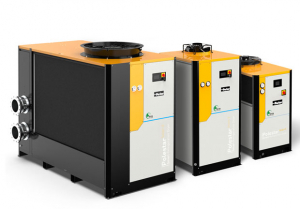
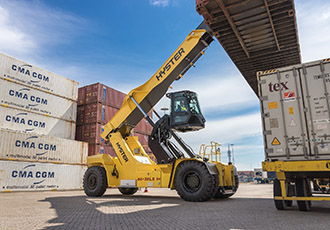
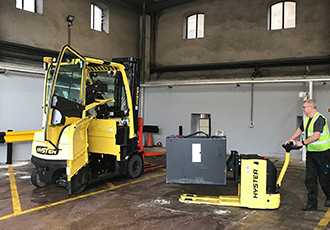
.jpg)







Write a comment
No comments